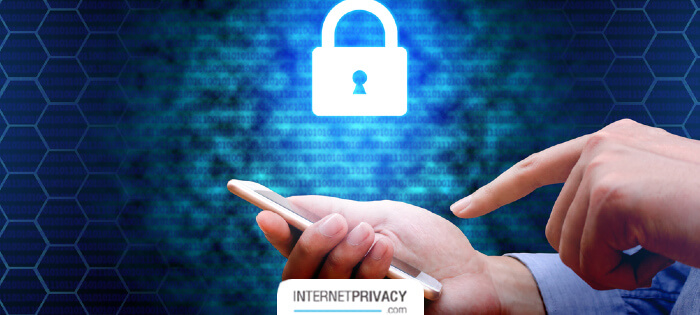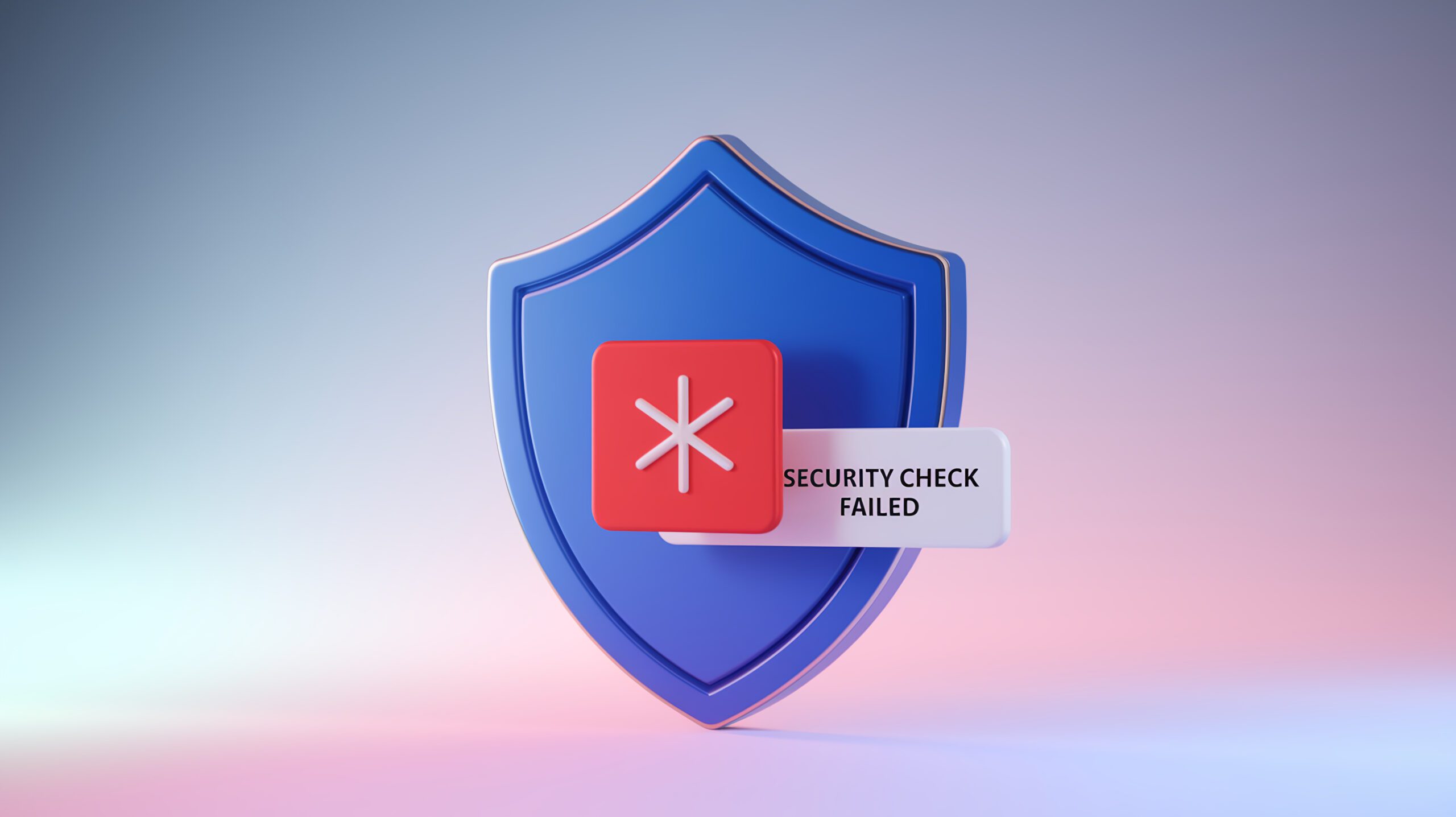What Are The Differences Between Tokenization vs. Encryption

Ever wondered what’s the difference between tokenization vs. encryption? Join us today as we discuss these modern technology methods of protecting online data.
Tokenization And Encryption: How Do They Protect Sensitive Data?
In this digital age, where everything is accessible with a click and doable with a few screen tappings, the words on most people’s lips revolve around the same subjects: data privacy and security. And that’s because when you come to think of it, the internet is nothing more than a huge database collecting all sorts of information from its users, regardless if it’s the sensitive data of a company or the personal data of individual users.
As all this sensitive information is stored online, the issues of privacy, social security, and data security are now more than ever under the spotlight.
This is why it’s only natural that the next question on everyone’s mind would be: how do we achieve efficient data protection? How do we minimize the risk of important information getting in the wrong hands, while also maintaining our internet privacy?
As technology progresses, more and more ways to protect sensitive data are created and implemented. However, it always comes down to a point when one trumps the other in terms of the advantages it offers, or at least, it makes way for a healthy debate.
And since it’s the same with tokenization vs. encryption, in this article we will explore the subject in-depth to understand what each offers, their main differences, and which one could currently serve you and the world better.
So let’s look at them one by one and discover their secrets!
What Is The Use Of Tokenization?
To better differentiate between tokenization vs. encryption, we must first define what tokenization is.
You may or may not know that tokenization is the process of converting sensitive information into a non-sensitive one by replacing the original data with an unrelated one, provided it keeps the same length and format. To help you better understand how tokenization works and what it’s best used at, we’d like to give you an example:
In today’s world, financial information is the most targeted by hackers and other malicious parties — particularly credit card information. Tokenization has been proven to work very well in online payment processing, since it enables the credit card number to be replaced with a string of randomly-generated numbers, called a Token.
This process enables the said token to pass through the internet risk-free, without the need to ever expose the actual bank details, such as the credit number, while still completing the needed transaction. This token is then sent to the token vault, where everything happens seamlessly without the end-user ever becoming aware of what goes on inside the cloud.
As you can see, this level of security is exactly what makes tokenization a great solution for card transactions where data needs to be protected and kept away from prying eyes.
Payment is thus made secure and easy, and tokenized information can simply pass through the internet without any threats to your personally identifiable information.
This still leaves us wondering why encryption is also available though, and what it can bring to the table.
How Is Tokenization Different From Encryption?
The other great and efficient way to protect sensitive information is by data encryption. However, when we talk about encryption, it’s always best to do it in a context where tokenization and encryption come together.
When talking about tokenization vs. encryption, we must draw a line between them. As a process, encryption is very similar to tokenization since it does the same thing, with a slight difference: it takes readable, normal data and converts it into incomprehensible text, called encrypted data or ciphertext.
Still, for this to be possible, at the core of every encryption process there is an encryption key, for which, much like with tokenization, a token is always needed.
The recipient of this information needs the specific key to decrypt the data and convert it back to plain text. Without this key, everything remains written in what simply seems like gibberish. This aspect is a similar feature when drawing out the ‘battle’ between tokenization vs. encryption.
In other words, cryptography is used by encryption software to prevent unauthorized access to digital information. There are a couple of high-quality softwares out there that can bring you tremendous value and can encrypt your original data to keep it safe and secure.
Is Tokenization Better Than Encryption?
When talking about methods to protect and secure data, tokenization and encryption are on the leading edge of technology. Both are changing how we do business, manage unstructured data, and protect information that is ultimately private and sensitive.
But what arises now is the need to distinctively choose a so-called winner in ‘the fight’ between tokenization vs. encryption.
Which one of these two is better at protecting your data and internet privacy? What algorithm is best, and which one should take the technological lead from now on? A Token vault or encryption keys?
It’s hard to wholeheartedly choose just one option. However, we can draw out the different advantages and disadvantages of both tokenization and encryption. At Internet Privacy, we use them both and teach our clients to do the same. But to get a better idea of when to choose one over the other here’s:
The Final Word On Tokenization vs. Encryption
Let’s take a closer look at what sets tokenization and encryption apart, according to McAfee. We hope to finally predict which one of these technologies will prevail in the future of data privacy:
- Tokenization, for example, is more difficult to scale securely and maintain performance as the database increases in size. Encryption, on the other hand, is easier to scale to large data volumes. All that is needed to decrypt data is an encryption key.
Let’s see what else we can differentiate among when talking about tokenization vs. encryption.
- Tokenization also makes it more difficult to exchange data since direct access to a token vault is required. On the other hand, with encryption, any exchange is possible with third parties that own the encryption key.
- However, when you use tokenization, certain compliance requirements are met since the original data never leaves the organization. When it comes to encryption, data does leave the organization, but in an encrypted form.
- In the case of tokenization, the format can also be maintained without decreasing security strength. Encryption can do the same, but with the tradeoff of lower strength.
As you can see, it’s hard to select a winner when talking about tokenization vs. encryption, and perhaps we don’t even need to. Each of these technologies has its pros and cons. Moreover, each serves important purposes, making them both necessary in today’s world.
To learn more about online privacy issues, how to protect your identity online, or how to prevent a data breach, don’t hesitate to get in touch. We have internet privacy solutions to all the threats you might face when surfing online!






